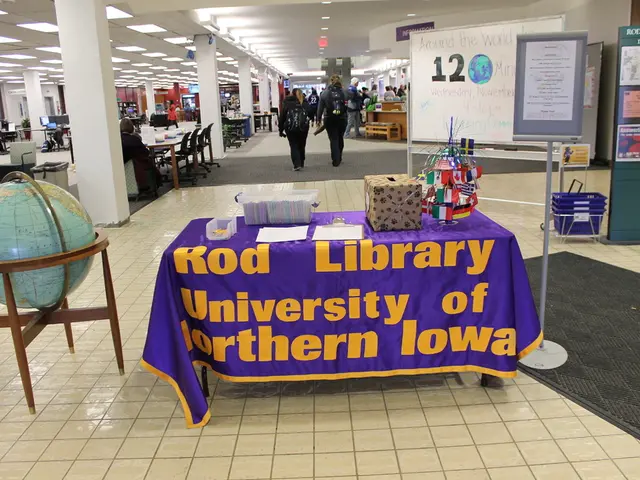Unusual Anorexia: Understanding its essence, symptoms, treatment options, and additional insights
Atypical Anorexia Nervosa: Understanding and Addressing an Overlooked Eating Disorder
Atypical Anorexia Nervosa (AAN) is a lesser-known but significant eating disorder that shares many features with anorexia nervosa (AN). However, AAN is distinguished by the absence of low body weight despite significant restrictive eating and medical complications.
Symptoms
Individuals with AAN may not have a low body mass index (BMI), but they often exhibit rapid, significant weight loss and complications typical of starvation. These can include low blood pressure (hypotension), bradycardia (slow heart rate), fatigue, menstrual irregularities, dry hair/skin, gastrointestinal issues, and electrolyte imbalances like hypokalemia (low potassium). Behaviorally, patients may exhibit intense fear of gaining weight, distorted body image, food avoidance, calorie counting, excessive exercise, mood disturbances like depression and anxiety, and social withdrawal. In severe cases, AAN patients can experience medical instability requiring hospitalization, including dizziness, syncope, and cardiovascular symptoms due to hypotension and electrolyte imbalances.
Causes
The causes of AAN are complex, involving a combination of genetic, psychological, environmental, and sociocultural factors. Starvation or food restriction is deliberate, often driven by a distorted self-image. Stressors such as trauma, perfectionism, and cultural pressure for thinness may trigger the disorder.
Risk Factors
AAN most commonly affects adolescents and young adults. Risk factors include a family history of eating disorders or psychiatric conditions, a sociocultural emphasis on thinness, personal traits such as perfectionism, inflexible thinking, and a need for control, and co-occurring mental health disorders like anxiety or depression.
Diagnosis
Diagnosing AAN can be challenging due to the absence of low weight thresholds. Clinical evaluation focuses on eating behaviors, psychological symptoms, and medical complications. Notably, a key feature of AAN is significant weight loss in patients who remain at or above a normal weight, which can obscure diagnosis using typical BMI-based criteria. Laboratory tests are used to assess nutrition status, electrolytes, cardiac function, and assess the risk for medical instability. Diagnosis is clinical and often informed by family and psychological evaluations.
Treatment
Effective treatment for AAN combines nutritional counseling, psychotherapy (including Cognitive-Behavioral Therapy), medication, support groups, and regular medical monitoring. Family-Based Therapy (FBT) has proven particularly effective, especially in children and adolescents, involving active parental involvement to support nutritional rehabilitation and address behaviors perpetuating the disorder. Medical management addresses complications like electrolyte imbalance, cardiac issues, and nutritional deficits in coordination with medical specialists. Pharmacotherapy may be used for psychiatric comorbidities such as anxiety or depression if psychotherapy alone is insufficient. Continuous monitoring for medical instability is essential given the risk of severe complications even in the absence of low weight.
Support Options
Engaging pediatricians and general practitioners to identify risk early and provide ongoing care coordination is crucial. Support groups and psychoeducation for patients and families help build knowledge and coping strategies. A multidisciplinary approach involving dietitians, therapists, and medical specialists is often the most effective approach. Early intervention is critical for better recovery outcomes.
In conclusion, Atypical Anorexia Nervosa involves serious eating disorder symptoms and health risks, but individuals may not appear underweight. Diagnosis relies on detecting restrictive behaviors and medical effects beyond BMI metrics. Treatment centers on family-based therapy, medical stabilization, psychological support, and careful monitoring. Pediatricians and multidisciplinary teams play a key role in management and support. Navigating AAN is less challenging with a robust support system, including professional support, support groups, educational resources, and family and friends. Delayed treatment in AAN can lead to inferior treatment outcomes.
Read also:
- Trump's SNAP reductions and New York City Council's grocery delivery legislation: Problems for city residents highlighted
- Reducing dental expenses for elderlies in Sweden: Over 50% cut in charges for pensioners by the government
- Forty-year-old diet: A list of meal choices to savor
- Exiled Life's Conundrum: A Blend of Liberation, Disillusionment, and Distress







